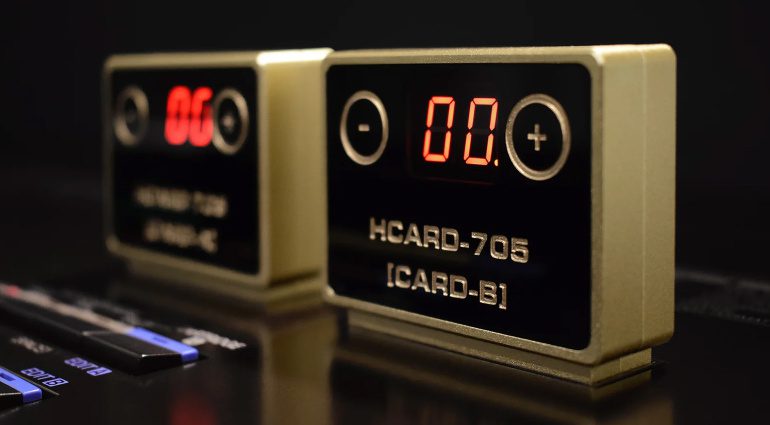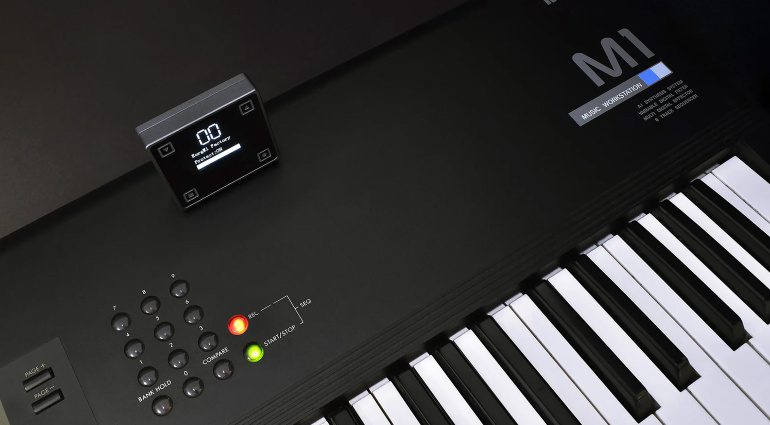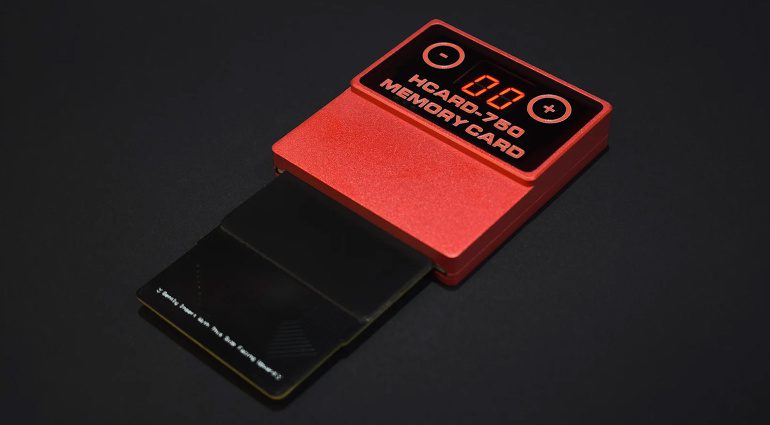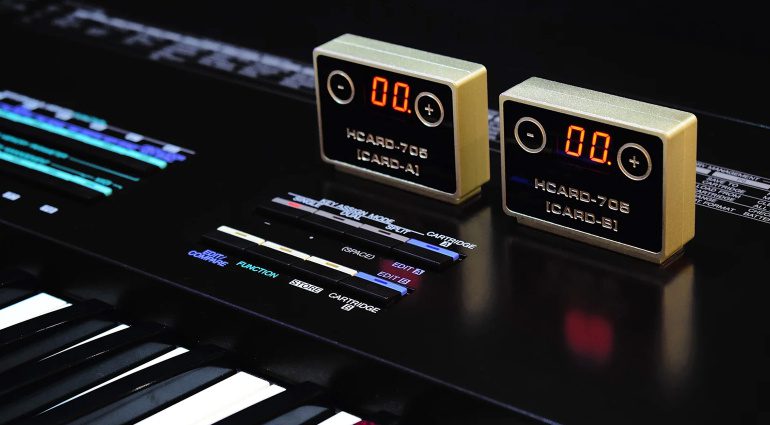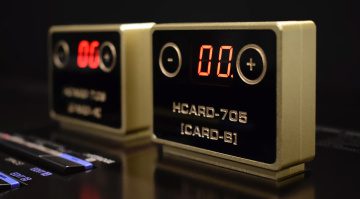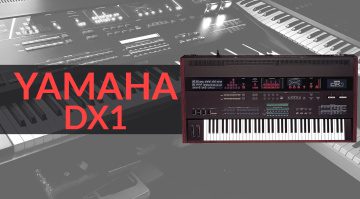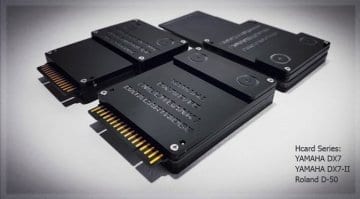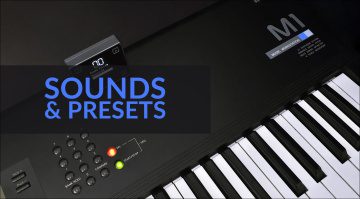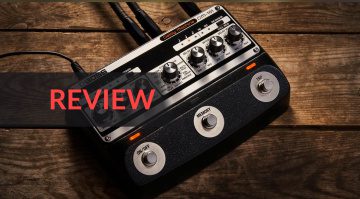Sounds and Presets: HyperSynth HCard Special
Cutting Edge Replacement Cartridges For Classic Vintage Synths
This week I want to showcase the work of HyperSynth who make modern storage cartridges for classic vintage digital synths such as the DX1, M1 and D-50!
Every week I trawl the interwebs for some great sounds and presets for all manner of synths but this week I wanted to shine a light on a company that not only make presets, but also the cartridges to store them on.
In fact, one of the cartridges we will be looking at contains the very first commercial bank of presets for a synth that was released in 1983!
HyperSynth has been in business since 2008 and began making and selling hardware and software products. But it was in 2019 that they started producing the thing they are most known for these days. The HCard range supports a limited range of vintage digital synths but if you own one, they have become indispensable accessories.
HyperSynth HCard-101
I’m going to kick off with the latest HCard, the 101. It is by far their most versatile and advanced HCard yet. The 101 supports the following KORG hardware:
- M1, M1R, M1-EX, M1R-EX
- T1, T2, T3
- Wavestation, Wavestation-EX, Wavestation A/D
- DS8
- A1
That’s a brilliantly extensive list and the card allows you to store presets for all of those devices at the same time. Just plug it in, select the appropriate device and away you go. It supports 126 banks in total, divided up so that there are 64x M1 banks, 40x Wavestation banks, 24x DS8 banks and 16x A1 banks.
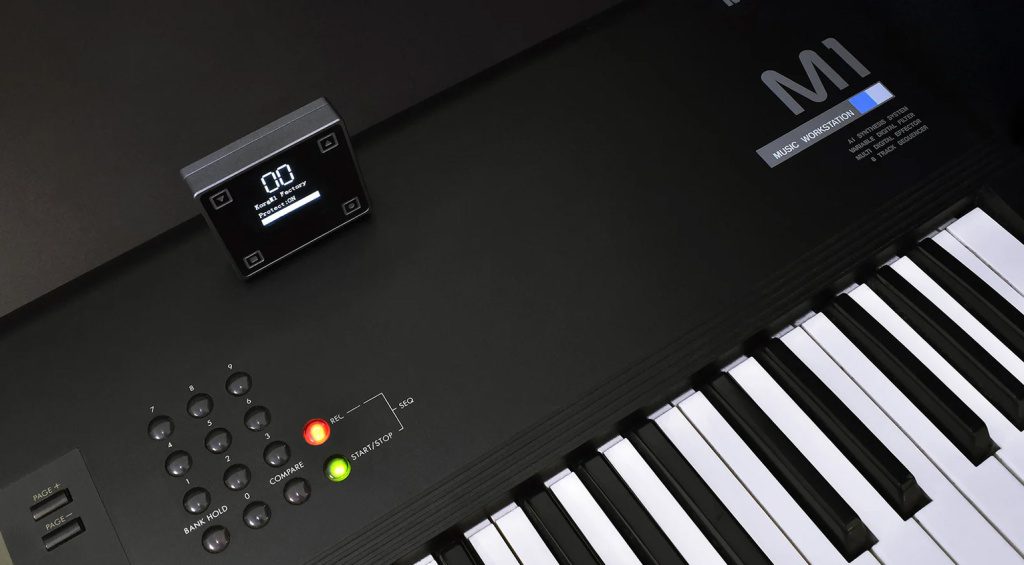
It comes pre-loaded with 73 banks including many original KORG banks as well as 11 specially curated M1 banks created by HyperSynth themselves. Banks can be locked individually, rather than the whole cartridge, which makes it very flexible.
The best feature of the new 101 is the new 128×128 pixel OLED screen. On previous HCards, the screen has been limited to a 2-digit LED display but now we can see so much more detail such as bank names, patch names, bank locations and much more.
Navigating the internal menus is very easy using the four touch-sensitive buttons and the orientation of the screen can be changed to support devices where the cartridge is inserted at different angles. As with all new HCards, the case is made from scratch-resistant metal.
- Buy the HyperSynth HCard-101 for $219 + Shipping
HyperSynth HCard-750
Next up we have the Rev.2 HCard-750 for the Roland D-50. This card replaces the Roland M-256 card and can store the equivalent of 64 of those cards on just one device. That means you can store 4096 presets on the 750 with no need to worry about card battery life and losing all that data.
To access each bank, simply touch the + or – buttons to scroll back and forth. A long press takes you up or down ten banks at a time. The whole card can have it’s memory protected with a hidden memory protect feature, so it can’t be easily turned on or off.
The 750 comes pre-loaded with the D-50 factory sound bank plus 11 further banks of specially curated sounds, selected by HyperSynth from the many freely available banks that exist today. That leaves 52 empty banks for your own collections.
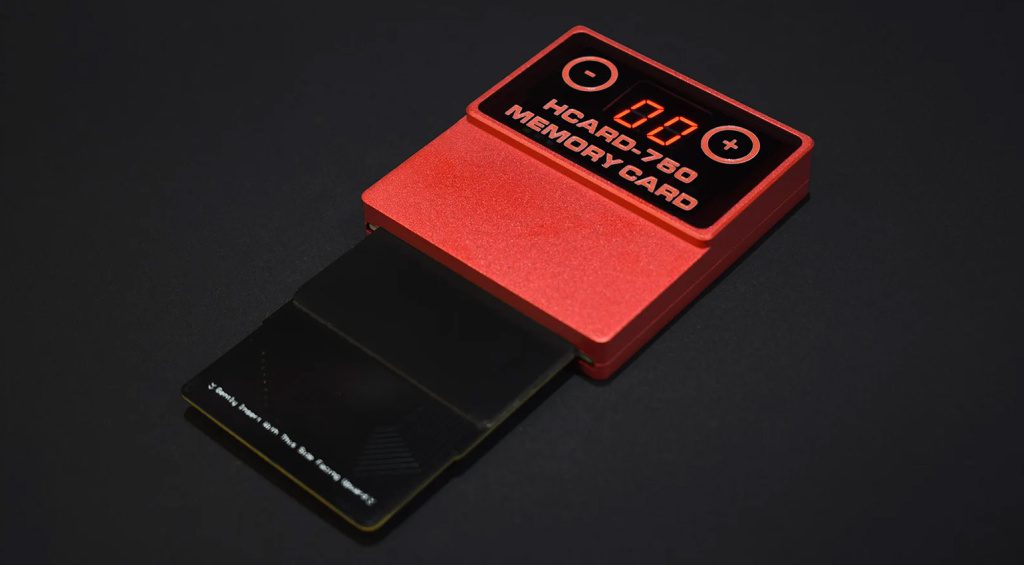
These new Rev.2 models feature the same CNC-machined scratch-resistant cases as the 101 and come in a striking red colour. Unlike the 101, however, the 750 isn’t compatible with other synths in the D50 family, such as the D-550, D-70, JD-800, JD-990 or JV Series. HyperSynth tell me that a new version of the 750 is in development to cater for these units.
- Buy the HyperSynth HCard-750 for $199 + Shipping
HyperSynth HCard-705
We end this spotlight on HyperSynth on the units that brought them to my attention some years ago. As the lucky owner of both a Yamaha DX1 and DX5, the HCard-705 set makes a world of difference to my use of both machines.
These two synths not only have voice banks, but Performance banks too. Performances on a DX1/5 consist of two voices either layered or split across the keyboard and with specific settings applied. A simple bank and patch selection process calls these into memory and away you go.
However, Performance banks and Voice banks are formatted slightly differently so they are not mutually compatible. This means that to change a Performance bank, you need to insert the Performance cart into slot A, load them Performances, and then put two voice carts in to support those banks, where required.
Fiddly and not very easy on the delicate (and old) cartridge slots! So to have two HCards, each with the capacity for 400 banks, where any bank can be formatted either for Performances or Voices is utter luxury!
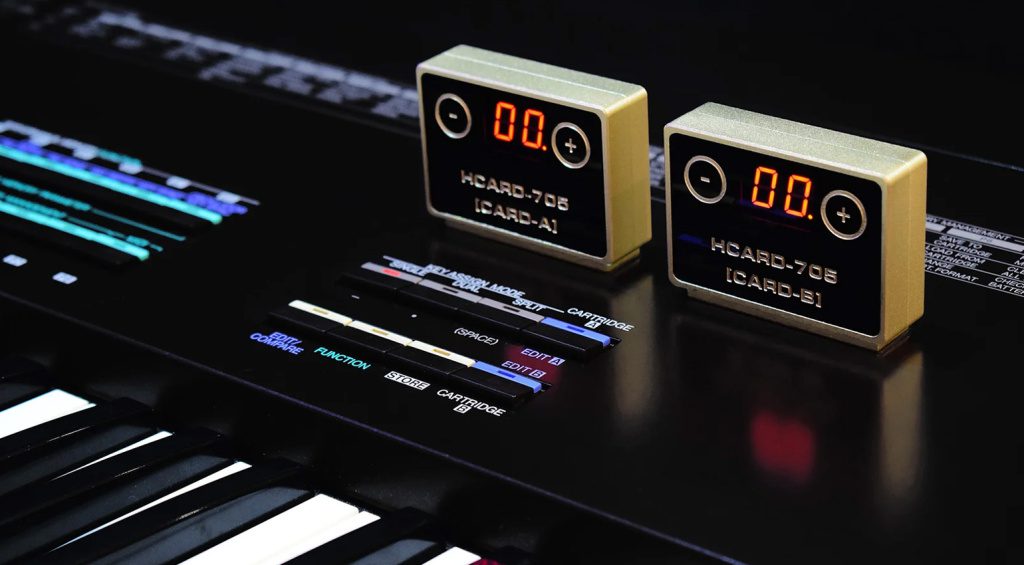
Each cart can therefore hold up to 12,800 voices or performances. That’s 25,600 in total! Given that both synths read the exact same voices as a DX7, you could probably fit every available DX7 patch that exists across both these carts!
Both carts feature the same casing and displays as the 750, this time in gold. They are also independently marked as Card A and Card B so you are always sure you have put the right cart in the right slot.
The best thing about these carts is the sounds that come pre-loaded on them. As well as 50 specially curated banks and the DX1/5 original factory patches and performances, the 705 set comes with something rather special. They offer what is, to the very best of my knowledge (and I’ve done extensive research on the subject), the first ever commercial soundbanks for either synth.
Given the limited numbers of units made (140 DX1’s and around 3500 DX5’s at best estimate), the market for 3rd party patches on these instruments was somewhat limited. Add to this the fact that they both read DX7 patches, it seems nobody felt it was worth while making patches specific to them.
HyperSynth has created two complete banks of new voices and 64 new performances which introduce some 21st-century sound design to these 40+ year old instruments. There are gated/rhythmic sounds as well as patches that cover genres such as ambient, vintage electro and EDM.
It’s also worth pointing out that HyperSynth make carts for the Mk.I (HCard-701) and Mk.II (HCard-702) DX7’s respectively. Both carts cost $199 + Shipping. The 701 can store 400 banks of 32 voices and the 702 can hold 100 banks. This difference is likely because the DX7-IID/FD is both bi-timbral and has more voice data per voice. The 702 is also compatible with the DX11, DX7S and the TX-802 module.
- Buy the HyperSynth HCard-705 for $429 + Shipping
Why These Make A Difference
If you go on eBay or Reverb and look for vintage cards and cartridges for the D-50, M1 and DX1/5, you will be flabbergasted by the prices that these originals command. Given that virtually all of the patches contained on them have been freely available online for years, and can be zapped to the synth via SysEx, I find it remarkable that people think they can ask so much.
So if you have baulked at the price of one of these HCards, do the maths. If an average DX cartridge sells for £200, then the equivalent HCard would cost £80,000! So the cost of the HCards all of a sudden becomes an utter bargain.
 4,4 / 5,0 |
4,4 / 5,0 | 